One of the hottest sub-segments of the collector car hobby is Kei trucks. These tiny trucks and vans, usually from Japan, are illegal to import when new but can be brought here once they reach 25 years after production with few restrictions. Interestingly, one can find small Kei-style vehicles that are already in America. These tiny trucks are, however, from the land of the Queen and warm beer. Reader Bill C. has located a 1960 Ford Thames Freighter for sale on Facebook Marketplace in Springfield, Massachusetts. This diminutive van has a British accent rather than a Japanese one, but it checks all the boxes for enthusiasts of these vehicles. While a price is not listed, can this Lilliputian hauler possibly be a bargain compared to the five-figure prices being asked for Japanese Kei vehicles?
American cars and trucks have an international reputation for being too big in both size and displacement. Why take a battleship when a rowboat will do? What our foreign friends don’t understand is that America is a vast land. Our population is spread out as a rule, with the exception being a handful of large cities. Americans are naturally reticent to purchase small vehicles because fuel has traditionally been cheap compared to other countries, average speeds are generally higher, and nobody wants to be on the receiving end of a land yacht doing 70 MPH when it is coming towards your door. We also like having the option of traveling long distances in comfort and style if the situation calls for such adventures.
The opposite is true for places like Great Britain and Japan. The lion’s share of their respective populations lives in cities. These beehives of activity are large and dense with not a lot of distance between them. Another facet of life in these places is that their roads are often remnants from a time long before automobiles were even thought of. Driving a sixties Cadillac or full-size Ford truck through some of these places would be akin to piloting a cruise ship through the canals of Venice. Even if they could buy an American land yacht, fuel prices are significantly higher overseas. Their particular needs require smaller, more fuel-efficient vehicles that are often not subject to regulations that American automobiles are designed under.
The van you see here is an exception to those rules. Ford expended a lot of effort to import small vehicles such as this van from their operations in England. With the possible exception of the Cortina and the Capri, that effort bore little fruit. These vans were made from 1957 through 1965. Production started with a model called the 400E. These vans soon became quite popular in the United Kingdom. Over 187,000 of these shrunken Econoline cousins were built over the production run. Interestingly, they formed the foundation for the motor caravan (camper van) movement in the mother country. Other than a few tidbits on the internet about Freighters being sold in the United States in a limited way, how these came to America and how many were sold are a bit of a mystery. If any reader knows more, please share your knowledge in the comments.
The van you see here is believed to have been off the road since 1968. It is an inherited problem or opportunity depending upon your outlook. In the ad, the seller lists their location as Springfield, Massachusetts. One could charitably call the area around Springfield “population-dense.” Chances are that the relative the seller inherited the van from used it as a delivery vehicle for a business. If you have ever visited a place like Springfield, Massachusetts, you could surely see how having a compact van to pick up and deliver products would be advantageous. Even with the relative ease that a small vehicle could prowl the alleyways of New England, the pill bottle seen in the picture above hints at the driver dealing with a headache on the van’s last day prowling around.
Did a blown engine cause that headache? Melting snow dripping on their left leg due to the rusty bodywork around the windshield? It seems that the seller is as mystified as we are as to what took this van out of service. To their credit, the seller has changed the ad to reflect their increasing knowledge of their inheritance since it was originally posted. A link has been provided to even more pictures documenting this frozen-in-time van. The lack of an asking price is probably reflective of both the lack of reliable sales data in the United States and the relative lack of interested parties. How do you price such a vehicle?
When you factor in the rust, the absence of information as to the engine’s status, the limited market, and the lack of interest, you come up with the perfect recipe for a bargain basement sale. As a collectible, it would be an interesting choice. Or, you could fix it up and market it to adoring fans across the pond. While it is not a Japanese Kei truck, it also doesn’t come with the high price that they are going for now.
Are any of you interested in this little van? What do you think a reasonable offer would be? Please share your thoughts in the comments.
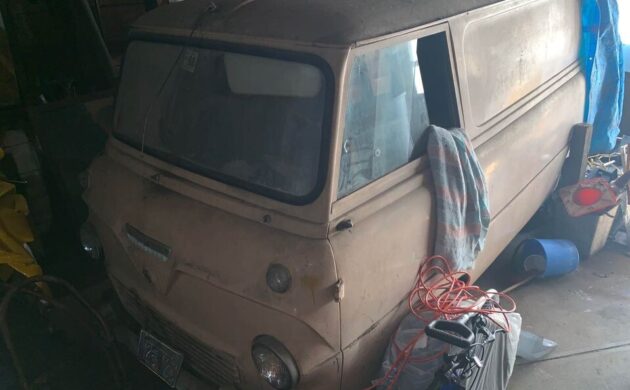
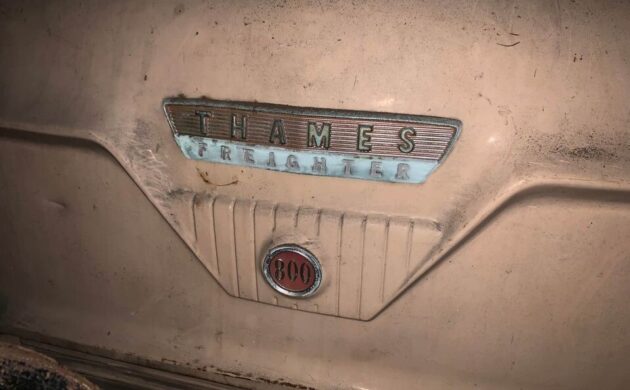
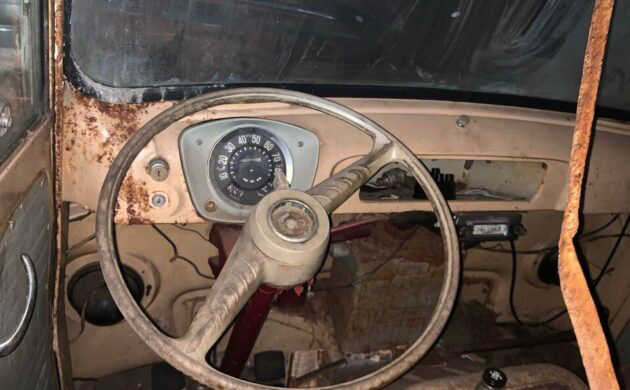
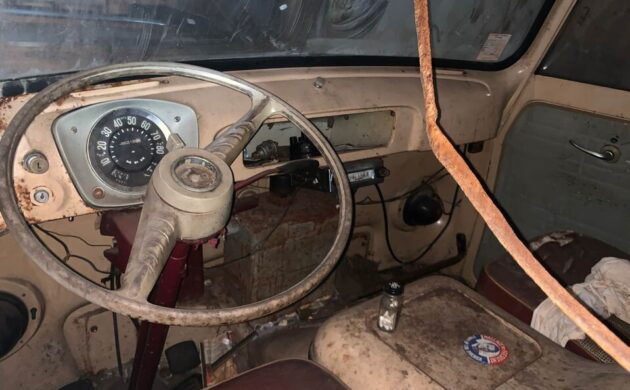
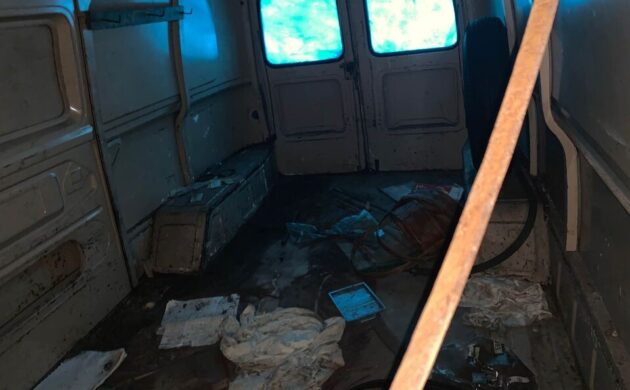
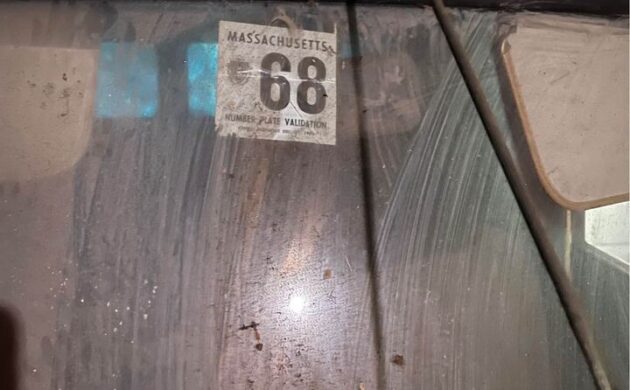

This is not kei car small. Not really small at all. 1.7 liter gas engine . A bit smaller than a VW bus.
picture of the mtr.would have been nice.If a 1.7 it would be a V4.Ford never made a 1.7 straight four mtr.Would make a great Dormobile conversion.
The photo link on the FB ad shows the motor. It’s straight 4. The air cleaner covers almost the whole engine so it’s hard to see if it’s an early Kent motor or the previous gen flathead 4.
Incorrect. The MK2 Consul and MK3 Zephyr both used a 1703 straight four.
There is not a bevy of very good pictures here. I cannot understand today in our age of incredible smart phone cameras; Why don’t people take a little time, tidy up the vehicle a bit and take some good shots of what they are attempting to sell. To me, nothing is worse than seeing garbage and stuff lying around in a picture. Visuals are everything today and the better something looks, the more attention it will get. Project cars don’t need garbage and dust to add patina. My 2 cents!!!
If you went to the FB listing he provides a link to nearly 80 pictures. By it’s state, getting it out into the sun would’ve been a big effort and then putting it back in would be tougher. I thought he did a decent job documenting the van.
I own one in the early 1970’s. Some one changed the engine to a Ford inline 6 cylinder. I’ve always wanted another one. I live in central MINNESOTA. Even though, it was rusted. I loved it!!
I had one in Virginia in the early ’70’s. 1600 inline 4. It was a rust bucket and Very Unusual, why I liked it. (the unusual part) It would have required more work at the time than I was able to do. I think it went to junk after a brake line let go.
Yes, I would love to have this one!
Jeff, the British prefer their beer at 55 degrees. If you got into a pool or bathtub full of 55 degree water, you would NOT call that warm.
Spesh and heavy at room temperature, but lagers and pale ales served cold.
Also, England and Scotland have different names for similar beers…
As to the Thames, my pal’s wee brother is fitting the top half of a Thames van to an early Lexus V8 floorpan. He’s been at it a while.
This is just plumb nuts, and have yet to find out how BFs does it. Gets into my head, that is. Me and my brother had a van just like this. The story goes, my old man rented a warehouse space in the late 60s on Milwaukees NW side to store his building materials and his partners vintage fire engines. The space was supposed to be empty, but had a couple cars abandoned, and yes, one of them was a Thames( pronounced “Tames”) Freighter. Research shows, I believe the 800 was a Canadian version of the highly popular 400e, anyone? The Thames Freighter was in part, inspiration for the Ford Falcon Econoline and about the same size. We never did get it running and served as a storage unit for all our car crap behind my old mans garage. After we moved out, he junked it. I think just the thought of a windowless van gave my old man the heebie-jeebies. Quite a find over here, for sure.
It is actually pronounced “TEMS” with NO emphasis on the ‘A’. Most Americans have been saying it wrong for years. These Vans were very,VEERY popular in the Old Country for tradesmen etc.
Thanks Bill, what do you expect from a bunch of goofy Yanks? Close enough, as I figured most, me included, pronounced it “THames”. Besides, we have plenty of names for things the British have trouble with. Obviously, anything with an “H”. Most Brits would call me ‘Oward. Turns out, there may have been a couple things wrong with that post of mine. According to my brother, who I HAD to inform of this, he said, the van was left behind at a housing project of my old mans, and was packed with garbage. How it got to the warehouse remains a mystery, but we both agreed, it was in relatively decent shape, and one we surely should have kept.
My dad was a parcel delivery person in Vancouver BC. He traded a VW van for this and it was a definite improvement. The 4 cyl motor and all the running gear was from the British Ford Consul with a change the the diff ratio.
On a different note, The British originally drank their beer warm because their fridges were made by Lucas
These were sold new in Canada at Ford dealerships. When the Econoline came out it was badged as a Mercury in Canada for the first few years. Mercury Econolines are about as rare as these Thames vans. I had one of these many years ago. It came with a hand crank that went in through the grille if you wanted to start it that way, Most of these that made it across the border are found in northern states.
Your comment “Another facet of life in these places is that their roads are often remnants from a time long before automobiles were even thought of.” reminds me that when I was contemplating returning to UK from South Africa it was my intention to bring my ’51 Buick Super with me, however, after touring around the country looking for a place to settle down I also discovered the roads were definitely not built for a Buick so I sold it and bought a Messerschmitt KR 200 which would be much more suited to the back roads of UK. Really miss my Buick though! As for this van being small you will find that it is only small by American standards but is still long enough to transport your 8ft boards/planks etc. and is high enough to take a refrigerator.
Mere miles from me. As someone with a couple econoline trucks in my garage it’s intriguing. Parts even more unobtainium than econolines. Valuation very difficult to determine. Probably cost more to restore than to buy a Kei van. But this could be driven on the highway
Thames van commercial –
http://youtu.be.com/watch?v=jRcgE_Zek0M
just like the vehicles from Oz “Wish we had ’em here” goes fr these. Chitty pic is a real loss. Pic may B even better development than vids – on the net.
https://www.flickr.com/photos/38389354@N07/4723059054
I liked the smaller ‘panel van” (if using our nomenclature)
https://en.wikipedia.org/wiki/Ford_Thames_300E
No Sense! lookin @ BF pic! (Frustrating) I’m gunna go to the Market Pl ones now to see if any’s better…
Excellent write-up, Jeff! You put into capsule form why American cars were/are designed so differently from most of the rest of the world. I knew all those dynamics, but just never connected the dots so succinctly.